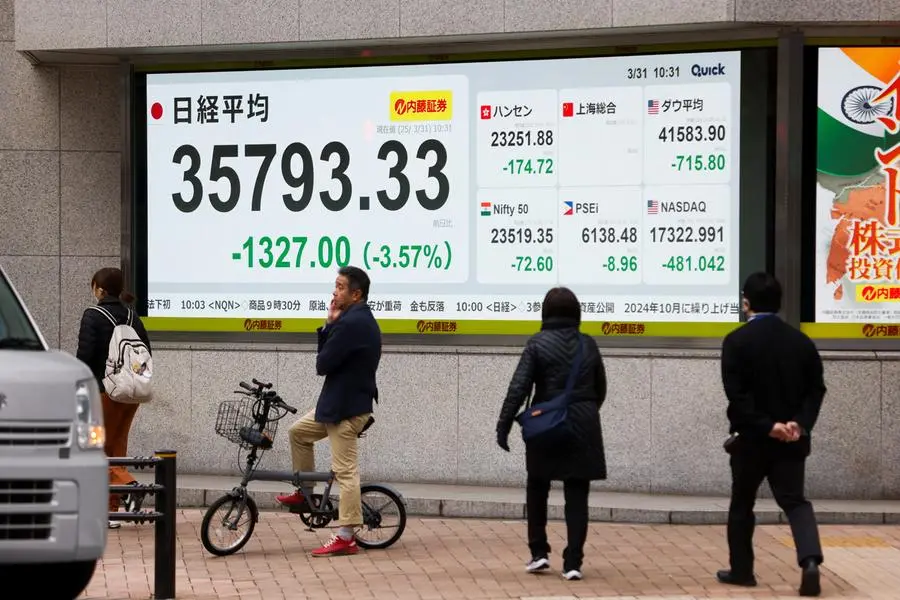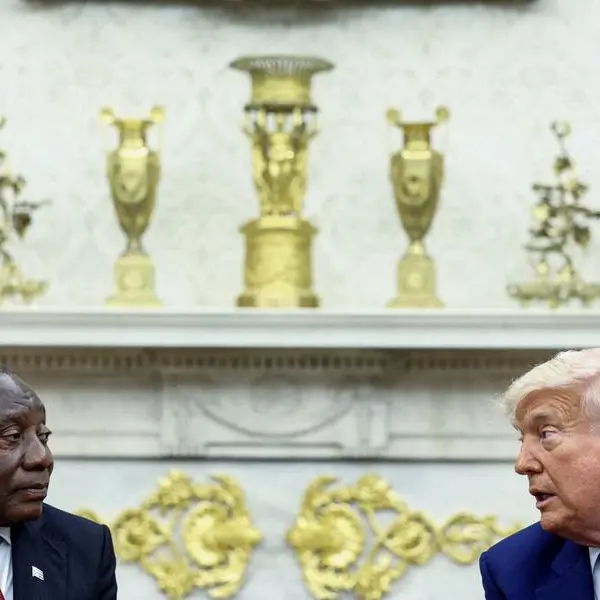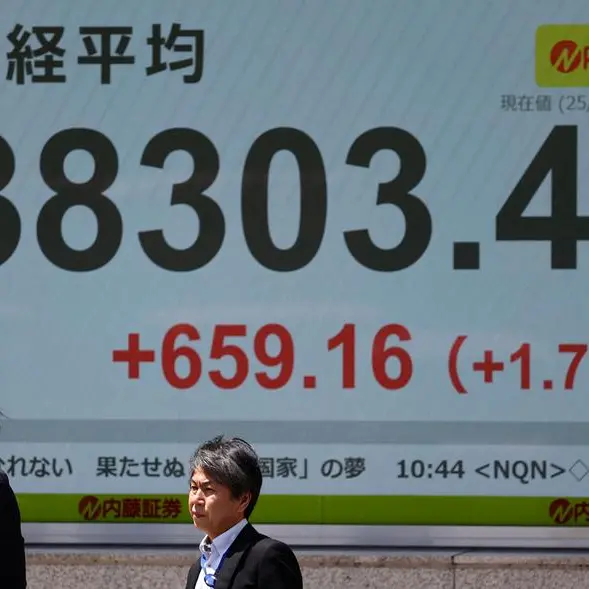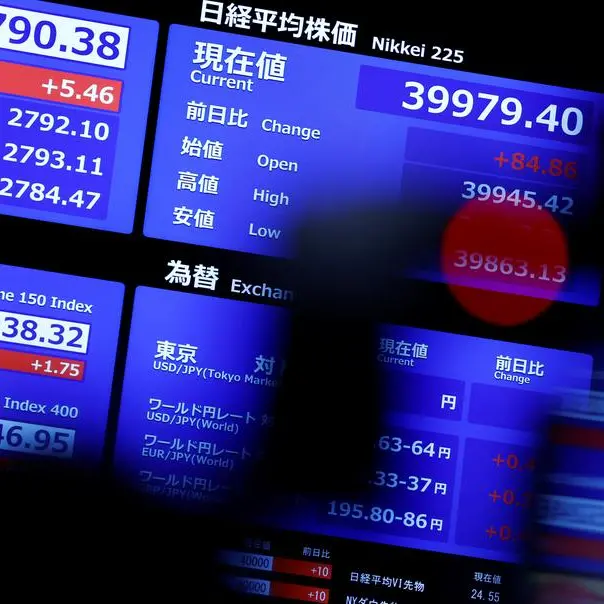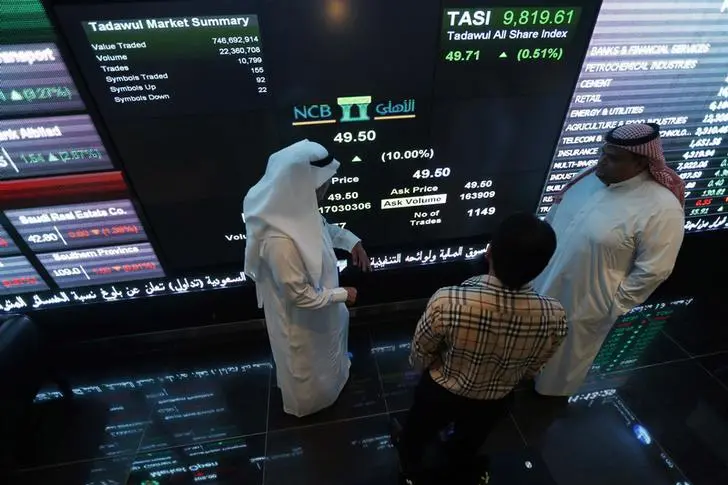PHOTO
Pedestrians walk past a screen displaying Japan's Nikkei share average outside a brokerage in Tokyo, Japan March 31, 2025. REUTERS/Manami Yamada.
(The views expressed here are those of the author, the founder and CEO of Emmer Capital Partners Ltd.)
Investors' rotation from U.S. markets to Asian equities may just be getting started, as two tailwinds gain strength in Asia: gradual currency appreciation and an earnings estimate ‘inflection point’.
In the year thus far, the S&P 500 is down around 2.6%, while the MSCI Asia ex-Japan index is up around 1.5%, but the question is whether these shifts will be long-lived.
One trend that could keep the rotation going is the gradual appreciation of many Asian currencies against the U.S. dollar. Since February, the Chinese yuan has appreciated by 2.4%, while the Singapore dollar and Indian rupee are up 3.6% and 2.3%, respectively.
Logically, a money manager should be more willing to invest U.S. dollars overseas when the destination country’s currency is expected to appreciate relative to the greenback, as any appreciation will boost returns.
This expectation has been borne out empirically. When emerging market currencies have appreciated historically, foreign funds have flooded Asian markets.
Foreign institutional investors may be especially likely to respond to these positive FX trends now because they are currently under-allocated to Asia, given their heavy recent selling of Asian equities, some $75 billion since July 2024.
Recent trends in South Korea and India, two of these heavily sold markets, suggest foreign institutional investors’ sentiment may be bottoming out. Cumulative FII selling in South Korea over the last six months as a proportion of market cap recently reached its most extreme at 1.1%. While FII selling in India has yet to reach its maximum level, it is moving in that direction.
With fundamentals in many Asian markets now appearing to turn around, driven by positive trends in China and improved consumption in South Asia, we could soon see an inflection point, as foreign investors start putting their money to work in some of these more under-owned markets.
EARNINGS INFLECTION POINT
That’s not the only inflection point likely to support Asian markets moving forward. We also appear to be seeing a shift in corporate earnings forecasts.
Over the past five years, consensus earnings estimates for Asian companies have declined, on average, and, unsurprisingly, so have Asian equity markets.
Analysts have customarily started with unjustifiably high earnings estimates, only to revise them down as the actual numbers repeatedly disappointed. Widespread EPS estimate upgrades only occurred briefly from May 2020 to May 2021, due to pandemic-related anomalies. Predictably, the equity market moved up sharply in that period.
However, earnings expectations are now starting to shift noticeably in sectors across the region. Many of the companies experiencing these ‘earnings inflections’ are in Hong Kong or onshore China, reflecting the positive knock-on effects of Chinese policymakers’ recent efforts to boost consumption and the success of Chinese AI companies.
These sectors includes Chinese “producer manufacturing” (e.g., electrical products, industrial machinery and auto parts), driven by the EV battery maker CATL, and Hong Kong technology, fueled largely by the giant platform Tencent. Improving consumer sentiment is a common thread across both.
What’s more encouraging, however, is that such earnings turnarounds have not been limited to North Asia. Similar positive trends are being seen in sectors as diverse as Philippine consumer durables, Singaporean banks and Thai telecommunications, which all point to mounting consumer confidence in the region.
CAUGHT IN TRADE WAR?
Investors may, reasonably, be concerned about the sustainability of these tailwinds, given the backdrop of an accelerating global trade war.
This is especially true for EM currency appreciation because, after all, in a tariff battle, the target countries’ currencies usually depreciate to neutralise the upward pressure on the prices of their exports.
The present scenario, however, looks stacked against the dollar for a few reasons. First, the U.S. economic growth outlook is sharply weakening with the intensification of trade and geopolitical uncertainties. The Federal Reserve recently revised U.S. growth expectations in 2025 to 1.7% from 2.1%. This weakness was further underscored by the nosedive of the University of Michigan’s consumer confidence index to 57.9 in March from 74.0 in December.
At the same time, broad-based U.S. dollar weakness is being supported by skyrocketing growth expectations in Europe, driven by plans for dramatic increases in spending on defence and infrastructure spearheaded by Germany.
Assessing the robustness of earnings estimate revisions is harder, as that will be largely predicated on improving consumer sentiment in China, other ASEAN countries and India. The key variables to watch will be the stream of policy initiatives in China aimed at encouraging consumption and the impact of tax rebates and increasing government wages in India.
Meanwhile, America’s growing isolationism is continuing to drive stronger regional cooperation in Asia, and that could ultimately make the area’s markets even more attractive to foreign investors.
(The views expressed here are those of Manishi Raychaudhuri, the founder and CEO of Emmer Capital Partners Ltd. and the former Head of Asia-Pacific Equity Research at BNP Paribas Securities).
(Writing by Manishi Raychaudhuri; Editing by Anna Szymanski.)
Reuters
